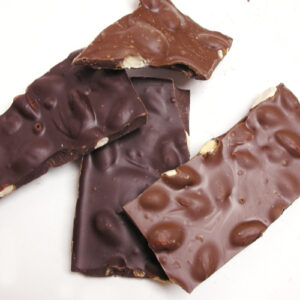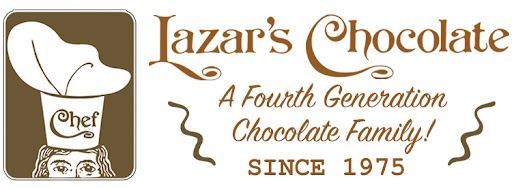 Chocolate, the timeless indulgence that delights our senses and soothes our souls, has been a beloved treat for centuries. Whether you’re a connoisseur or a casual enthusiast, finding the perfect chocolate can be an art. In this guide, we’ll explore the world of chocolate, helping you make informed choices and discover new favorites. Let’s dive into the rich, velvety world of chocolate and unlock the secrets to selecting the best one for your taste buds.
Chocolate, the timeless indulgence that delights our senses and soothes our souls, has been a beloved treat for centuries. Whether you’re a connoisseur or a casual enthusiast, finding the perfect chocolate can be an art. In this guide, we’ll explore the world of chocolate, helping you make informed choices and discover new favorites. Let’s dive into the rich, velvety world of chocolate and unlock the secrets to selecting the best one for your taste buds.
Understanding the Different Types of Chocolate
Before you start shopping for chocolate, it’s essential to know the different types available. Each type has its unique characteristics, flavor profiles, and uses.
- Dark Chocolate: Known for its rich, intense flavor, dark chocolate contains a higher percentage of cocoa solids and less sugar than other types. It’s often favored by those who prefer a bittersweet taste. Look for dark chocolate with at least 70% cocoa content for the best experience.
- Milk Chocolate: A classic favorite, milk chocolate is smoother and sweeter than dark chocolate. It contains a lower percentage of cocoa solids and is blended with milk powder or condensed milk, giving it a creamy texture. It’s perfect for those who enjoy a sweeter, more mellow chocolate experience.
- White Chocolate: Technically not a “true” chocolate since it doesn’t contain cocoa solids, white chocolate is made from cocoa butter, sugar, and milk solids. It’s incredibly creamy and sweet, making it a delightful option for those who prefer a lighter, more delicate flavor.
- Ruby Chocolate: The newest addition to the chocolate family, ruby chocolate is made from ruby cocoa beans, giving it a naturally pink hue and a unique berry-like flavor. It’s a must-try for adventurous chocolate lovers looking to explore something new.
- Cocoa Powder: Not a type of chocolate per se, but a versatile ingredient in the chocolate-making process. Cocoa powder is used in baking and cooking to add a rich chocolate flavor without the added sugars or fats.
How to Choose High-Quality Chocolate
When selecting chocolate, quality matters. Here are some tips to ensure you’re getting the best:
- Check the Ingredients: High-quality chocolate should have a short ingredient list, with cocoa mass or cocoa butter listed first. Avoid chocolates with artificial flavors or hydrogenated fats.
- Look for a High Cocoa Content: As a general rule, the higher the cocoa content, the more intense the flavor. For dark chocolate lovers, aim for 70% or higher.
- Examine the Texture: Good chocolate should have a smooth, glossy finish and snap cleanly when broken. A grainy texture or dull appearance may indicate lower quality.
- Consider the Origin: Like wine, the origin of the cocoa beans can significantly impact the flavor. Some regions, like Venezuela, Madagascar, and Ecuador, are known for producing beans with distinctive flavor profiles.
- Fair Trade and Organic Labels: For those concerned with ethical sourcing and environmental impact, look for Fair Trade and organic certifications. These labels ensure that the cocoa farmers receive fair wages and that sustainable farming practices are used.
Pairing Chocolate with Other Flavors
Chocolate is incredibly versatile and pairs well with a wide range of flavors. Here are some classic and creative pairings to try:
- Fruits: Berries, oranges, and bananas are classic companions to chocolate, enhancing its natural sweetness.
- Nuts: Almonds, hazelnuts, and pecans add a satisfying crunch and nutty flavor that complements the smoothness of chocolate.
- Spices: Cinnamon, chili, and cardamom can add warmth and complexity to chocolate, creating a more sophisticated taste experience.
- Cheese: It might sound unusual, but pairing dark chocolate with sharp cheeses like blue cheese or aged cheddar can create a delightful contrast.
- Wine and Spirits: Red wines like Cabernet Sauvignon or Merlot pair wonderfully with dark chocolate, while milk chocolate complements the smoothness of a well-aged whiskey.


Recent Comments